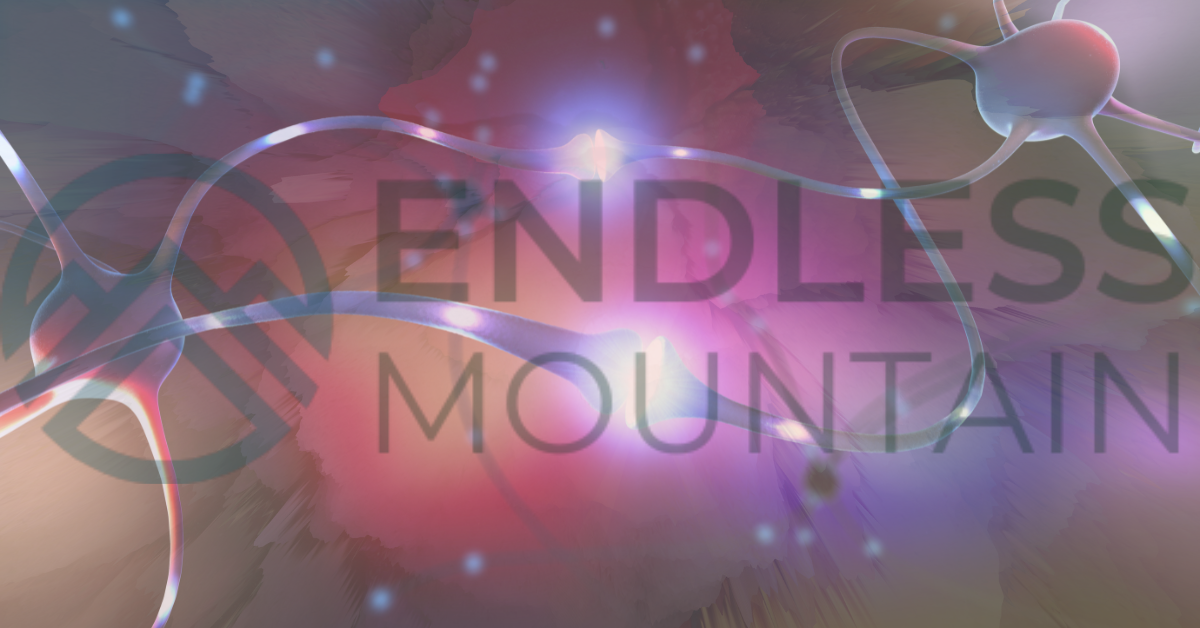Chasing the High: Signs of Dopamine Addiction and How to Break the Cycle
When most people think of addiction, they picture substances—alcohol, opioids, stimulants. But behind every substance use disorder is something deeper: the pursuit of a feeling. That feeling is often driven by a powerful brain chemical called dopamine.
Dopamine itself isn’t bad—it’s essential. But when life becomes a constant search for that next rush, reward, or thrill, it may signal a deeper issue: dopamine addiction.
At Endless Mountain Behavioral Health Center, we often see dopamine-seeking behavior intensify in early sobriety. Whether you or someone you love is in recovery or simply feeling stuck in a cycle of overstimulation, here’s what you need to know.
What Is Dopamine and Why Does It Matter?
Dopamine is a neurotransmitter—your brain’s “feel-good” chemical. It’s released during pleasurable activities like:
- Eating your favorite food
- Exercising
- Falling in love
- Laughing
- Listening to music
- Accomplishing a goal
But dopamine is also released during riskier behaviors, including:
- Drug or alcohol use
- Gambling
- Compulsive shopping
- Binge eating
- Pornography or casual sex
- Video game or social media use
When the brain gets used to these fast, high-intensity hits of dopamine, it can start craving the feeling more than the activity itself.
Dopamine Addiction in Early Sobriety
Getting sober is a major victory—but for many, it’s just the beginning of a new battle: retraining the brain to live without constant spikes in pleasure and reward.
In early recovery, it’s common to:
- Replace one addiction with another (e.g., trading alcohol for sugar, drugs for excessive caffeine)
- Feel restless, bored, or emotionally flat
- Chase activities that provide a “rush,” even if they’re unhealthy
- Struggle to enjoy slower-paced or routine moments
- Experience strong cravings—not just for substances, but for stimulation in general
This is the brain’s way of seeking dopamine again, trying to fill the void that substance use once occupied.
Signs of Dopamine Addiction or Dysregulation
If you or someone you love is caught in a dopamine-seeking cycle, you might notice:
- Constant phone or social media use
- Impulse spending or gambling
- Binge eating or extreme sugar cravings
- Compulsive sexual behavior or pornography use
- Overexercising or chasing adrenaline-fueled activities
- Difficulty sitting still or relaxing
- Restlessness, irritability, or anxiety when not stimulated
- Difficulty following through on tasks that aren’t “exciting”
These behaviors may seem harmless at first—but when they start replacing healthy routines, disrupting relationships, or becoming compulsive, they can derail recovery and mental health.
How to Break the Dopamine Addiction Cycle
You don’t have to eliminate pleasure—but learning to rebalance your brain’s reward system is essential, especially in recovery. Here’s how to start:
1. Acknowledge the Pattern
Recognizing that you’re chasing dopamine is the first step. Whether it’s food, phone scrolling, or risk-taking—identify the behaviors that give you a temporary high but leave you drained afterward.
2. Add Structure and Routine
The brain thrives on predictability in recovery. Establishing consistent daily routines (sleep, meals, self-care, movement) can help stabilize dopamine levels and reduce impulsive behavior.
3. Reconnect with Natural Sources of Joy
Activities like:
- Walking outdoors
- Journaling
- Volunteering
- Cooking
- Creating art or music
…may feel “boring” at first compared to the highs of substance use. But over time, they help rewire the brain for sustainable pleasure.
4. Reduce Overstimulation
Try a “dopamine detox” by taking breaks from:
- Social media
- Fast-paced video content
- Junk food
- Shopping apps
Give your brain space to recalibrate and find pleasure in simpler things again.
5. Practice Mindfulness
Meditation, deep breathing, or yoga helps train the brain to slow down and regulate itself without external rewards.
6. Work with a Therapist or Recovery Coach
Professional support helps you explore the why behind dopamine-seeking behavior—whether it’s unresolved trauma, anxiety, or lack of purpose—and create healthier coping strategies.
Why This Matters in Recovery
Unaddressed dopamine addiction can lead to:
- Relapse into substance use
- Development of new addictions or compulsive behaviors
- Difficulty forming healthy relationships
- Chronic dissatisfaction or depression
At Endless Mountain Behavioral Health Center, we understand that addiction recovery isn’t just about stopping the substance—it’s about rewiring the mind and reclaiming control over your life.
Help Is Available—And Recovery Is Possible
Whether you’re in early sobriety or just beginning to question your patterns, you’re not alone. We provide:
- Medical detox
- Residential treatment that addresses underlying emotional and behavioral patterns
- Dual diagnosis care for individuals dealing with both addiction and mental health concerns
- Support for PA Medicaid, private insurance, and self-pay
We serve individuals throughout Sayre, Bradford County, Susquehanna County, Tioga County, and beyond.
You Don’t Need to Chase a High to Feel Alive
The path to healing isn’t found in constant stimulation—it’s found in slowing down, showing up, and learning to feel again.
If you’re ready to stop chasing dopamine and start living fully, contact Endless Mountain Behavioral Health Center today.

